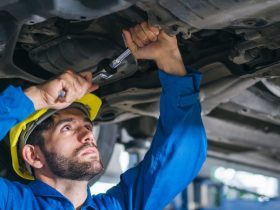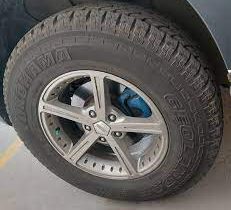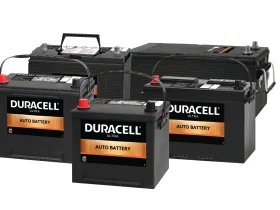The sunroof, once a luxury add-on, is now a commonplace feature influencing car design aesthetics in fascinating ways. Beyond simply providing an open-air experience, the integration of sunroofs has evolved to play a crucial role in shaping the overall look and feel of modern vehicles, impacting everything from the roofline to the cabin’s ambiance. Designers are increasingly focusing on seamlessly blending the sunroof into the overall vehicle architecture, resulting in a more sophisticated and visually appealing aesthetic.
Defining Rooflines and Visual Harmony:
One of the most significant ways sunroofs influence car design is through the definition of the roofline. Panoramic sunroofs, in particular, often extend across a significant portion of the roof, demanding careful consideration of the vehicle’s overall proportions. Designers must ensure the sunroof integrates harmoniously with the rest of the vehicle, avoiding a bulky or tacked-on appearance. This often leads to smoother, more streamlined roof profiles that subtly curve to accommodate the sunroof without disrupting the car’s overall silhouette. The dark glass of the sunroof also provides a contrasting visual element, often accentuating the vehicle’s lines and adding a distinct design flair.
Impact on Interior Ambiance and Spatial Perception:
Sunroofs dramatically alter the interior ambiance of a vehicle. By flooding the cabin with natural light, they create a brighter, more spacious and airy feel. This heightened feeling of openness can significantly improve the driving experience, making the cabin feel less claustrophobic and more connected to the outside world. The design of the headliner and surrounding trim also becomes critical, needing to seamlessly blend with the sunroof’s opening mechanism and create a cohesive and aesthetically pleasing interior environment. The play of light and shadow created by the sunroof can also add depth and texture to the interior, elevating the overall sense of luxury and refinement.
Aesthetic Considerations: From Minimalist to Bold Statements:
The integration of sunroofs allows for a wide range of aesthetic expressions, from minimalist and understated to bold and attention-grabbing. Some manufacturers opt for seamlessly integrated sunroofs that blend almost imperceptibly into the roof structure, conveying a sense of clean sophistication. Others choose to emphasize the sunroof as a design feature, employing bolder framing elements and contrasting colors to create a more dramatic impact. This allows designers to tailor the sunroof’s appearance to match the overall design language of the vehicle, contributing to a consistent and visually appealing aesthetic.
Future Trends: Smart Glass and Dynamic Light Control:
The future of sunroof integration by the Auto Repair in Sumner, WA based service promises even more exciting developments. The emergence of smart glass technology, allowing drivers to control the amount of light and heat entering the cabin electronically, opens up a new realm of design possibilities. Imagine sunroofs that can dynamically adjust their transparency depending on the weather conditions or the driver’s preference, seamlessly transitioning from clear to tinted at the touch of a button. This technology will not only enhance functionality but also offer new aesthetic opportunities, allowing for sleek, frameless designs that maximize the visual impact of the sunroof.












